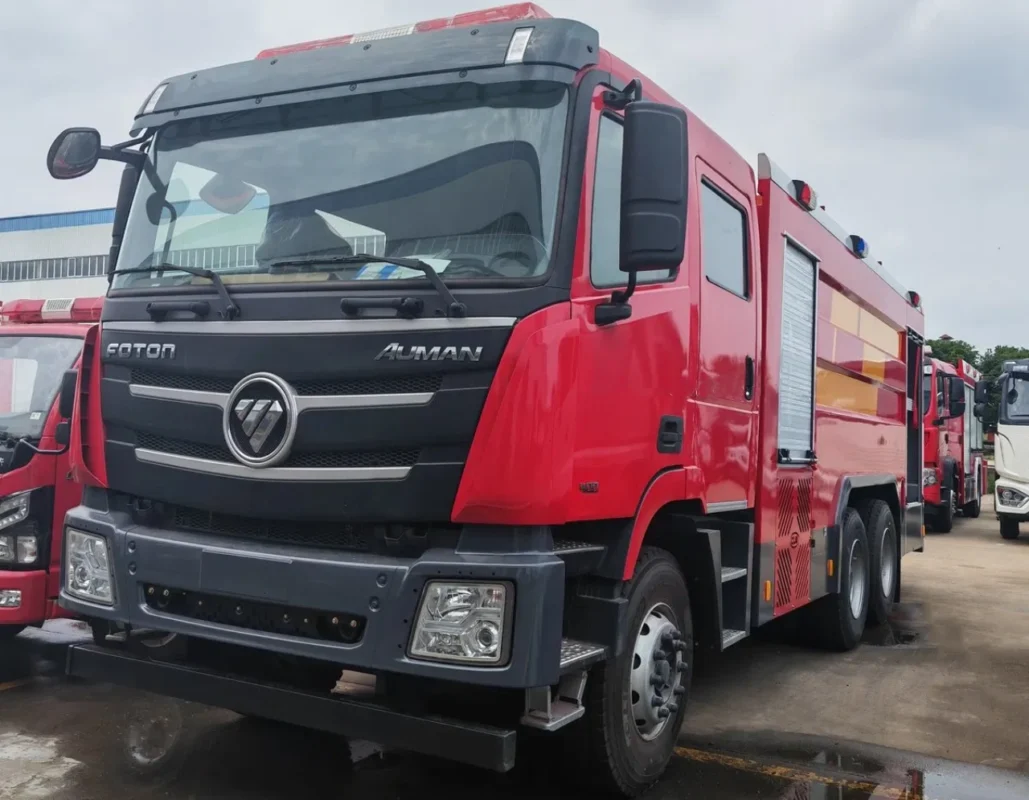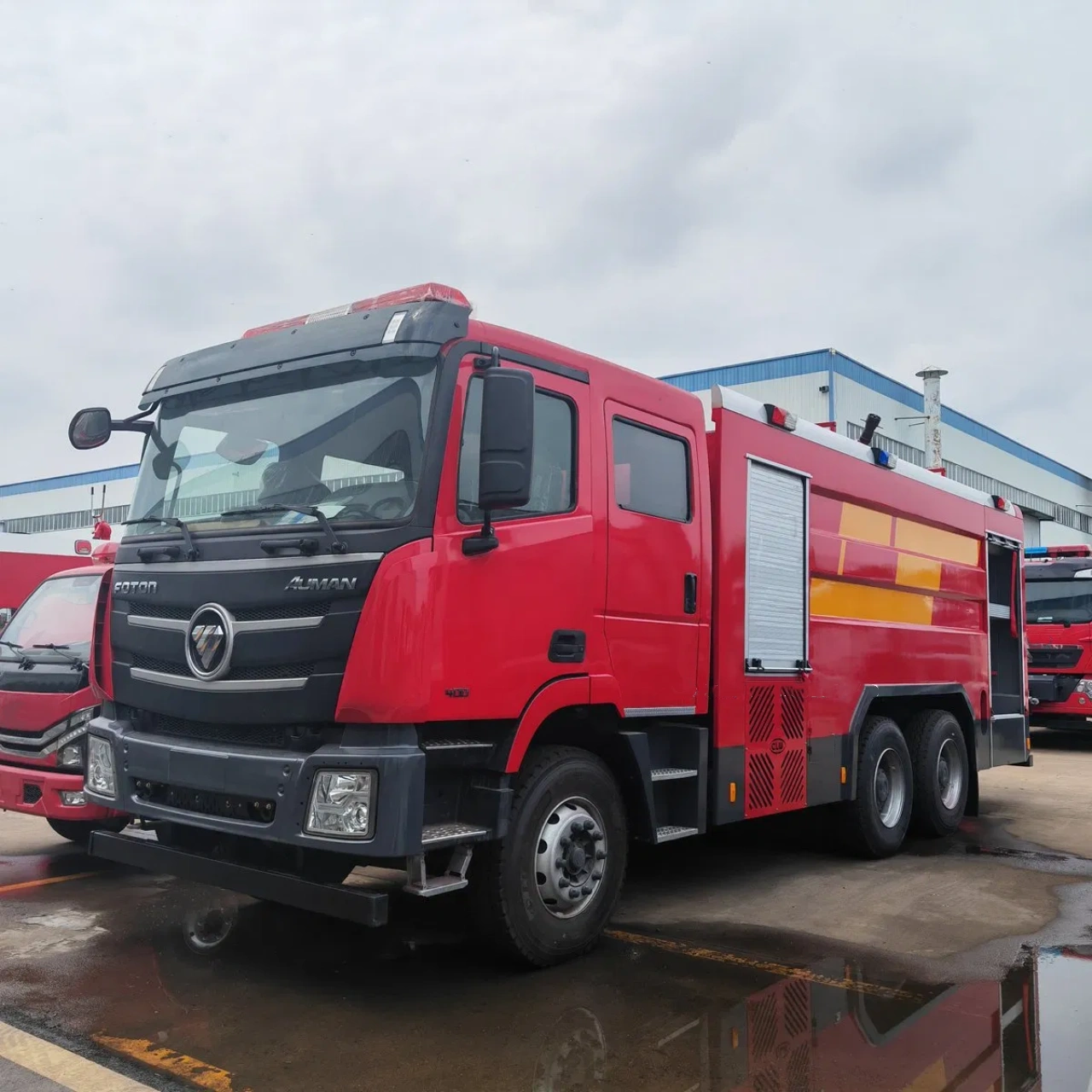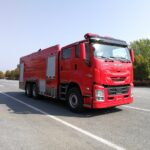When the alarm sounds at a fire station and emergency responders rush to the scene, one of the most recognizable and essential vehicles in their fleet is the pumper vehicle. Often referred to simply as a “fire engine,” the pumper vehicle is a cornerstone of modern firefighting operations. Designed primarily to transport water, hoses, and firefighting tools, and to provide a steady water supply under pressure, the pumper vehicle is an indispensable asset in the battle against fires. But what exactly is a pumper vehicle, how does it function, and why is it so critical in firefighting? Let’s take a closer look.
Defining the Pumper Vehicle
A pumper vehicle is a type of firefighting apparatus equipped with a powerful water pump, a water tank, various sizes of hoses, and a selection of firefighting tools and equipment. It is specifically designed to deliver water at high pressure to extinguish fires, particularly in urban, suburban, and some rural settings. In most cases, it is the first unit to arrive at the scene of a fire, making its speed, versatility, and reliability crucial to the outcome of the emergency.
Pumper vehicles are also referred to as Type 1 or Type 2 fire engines in the United States, depending on their size, pump capacity, and how they are staffed and equipped.
Key Components and Features
To understand how a pumper vehicle operates, it’s important to break down its primary components:
1. Water Pump
The heart of the pumper vehicle is its water pump. This centrifugal pump is capable of drawing water either from the onboard water tank, a hydrant, or an external source like a lake or river, and delivering it under high pressure through hoses. Typical pump capacities range from 750 gallons per minute (GPM) to 2,000 GPM or more, depending on the vehicle’s design and intended use.
2. Water Tank
Pumper vehicles carry their supply of water, typically ranging between 500 to 1,000 gallons. This allows firefighters to begin suppression efforts immediately upon arrival at the scene, even if a hydrant connection is not yet established. In rural areas where hydrants are not available, having a water supply on board is particularly important.
3. Hose Storage
Multiple types and sizes of hoses are stored on the pumper, including attack lines (typically 1.75-inch diameter) and supply lines (such as 2.5-inch or 5-inch diameter hoses). These hoses are carefully organized in compartments and racks to ensure quick deployment during an emergency.
4. Equipment Compartments
Pumper vehicles are outfitted with a wide range of firefighting tools and gear. These may include axes, nozzles, hose fittings, thermal imaging cameras, ladders, medical kits, extrication tools, and self-contained breathing apparatuses (SCBA). These tools allow firefighters to perform a variety of tasks beyond simply extinguishing flames, such as search and rescue or hazardous material containment.
5. Crew Cab
Most pumper vehicles are built with a crew cab that can accommodate between 4 to 6 firefighters. This allows the vehicle to arrive with a full team ready to respond to an emergency immediately.
How Pumper Vehicles Operate on Scene
Upon arriving at a fire scene, a pumper vehicle goes into action in several ways:
- Initial Suppression: Firefighters quickly deploy attack hoses to begin extinguishing the flames using the onboard water supply.
- Hydrant Connection: Simultaneously, a firefighter may connect the pumper to a nearby hydrant using a large-diameter hose. The onboard pump then boosts the pressure and distributes the hydrant water through attack lines.
- Pump Operation: The pump operator, often called the “engineer” or “driver/operator,” monitors and adjusts water pressure, flow rates, and hose distribution. This role is critical and requires specialized training.
- Support Operations: In many fire departments, pumpers are also tasked with ventilating buildings, conducting search and rescue, and even providing basic medical care.
Types and Variations
While the general layout and purpose of pumper vehicles remain consistent, there are some variations based on the operational needs of specific fire departments:
- Urban Pumpers: These are compact and maneuverable, suited for tight city streets. They often have higher pump capacities and are fully loaded with advanced equipment.
- Rural Pumpers: Designed to operate in areas without hydrants, these may carry larger water tanks and be equipped with drafting capabilities to draw water from ponds or portable tanks.
- Rescue Pumpers: These combine the standard water delivery capabilities of a pumper with specialized rescue tools and equipment, often serving a dual role in fire and rescue operations.
Importance in Firefighting Operations
Pumper vehicles are foundational to fire suppression tactics. Without them, firefighters would struggle to deliver water effectively to fires, particularly in large-scale urban environments. They also serve as mobile command units in many scenarios, centralizing coordination, communication, and logistics.
Their versatility makes them useful in a wide range of emergencies beyond just fires. Pumper crews often respond to medical calls, vehicle accidents, hazardous material incidents, and natural disasters, underscoring the vehicle’s importance as a multi-role asset.
Training and Operation
Operating a pumper vehicle requires specialized training. Firefighters must learn how to:
- Operate and maintain the pump system.
- Calculate water flow and pressure for various hose setups.
- Deploy hoses and equipment efficiently.
- Handle emergency vehicle operation under high-stress conditions.
Most jurisdictions require pump operators to hold specific certifications in addition to their standard firefighter training.
Conclusion
A pumper vehicle is much more than a truck with hoses—it’s a sophisticated, life-saving machine designed to bring powerful firefighting capabilities to the front lines of any emergency. With its combination of water delivery, equipment storage, and crew transport, the pumper remains a fundamental element of modern firefighting strategy.
As technology evolves, so too do pumper vehicles, incorporating smart systems, eco-friendly engines, and advanced communication tools. However, their mission remains unchanged: to protect life and property by delivering rapid, efficient fire suppression and emergency response capabilities wherever they’re needed most.











